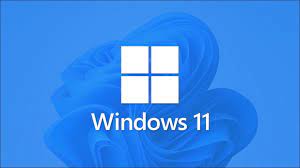Upgrading to a new operating system may feel like jumping to a completely new world, particularly for large teams who rely on the same technology to keep efficiency. With the release of How much is Windows 11 many companies are evaluating the financial implications of switching. While the new OS offers fresh aesthetics and enhanced features, understanding the actual price is essential for informed decision-making.
Initial Investment and Licensing Costs
For large teams for large teams, the initial investment in Windows 11 can be significant. Companies must consider the cost of new licenses, which could differ depending on the amount of people using it and their existing agreements with Microsoft. Users who are using older hardware could also face additional expenses, because Windows 11 has specific system requirements, possibly necessitating upgrades to hardware. In comparing these costs to the long-term benefits of enhanced performance and security is vital in assessing the ROI.
Impact on Productivity and Efficiency
Windows 11 promises a more intuitive interface designed to boost efficiency and speed up workflows. For large teams the efficiency gains may help offset some of the financial outlays associated with the upgrade. The snap layouts that Microsoft has introduced and virtual desktops make it easier to multitask, while integrated Microsoft Teams aims to enhance collaboration. It is important to weigh these benefits against the learning curve and potential interruptions during the transition. A thorough cost-benefit analysis can determine if efficiency gains are worth the initial expense.
Long-Term Savings and Value
In the long-term, moving to Windows 11 may offer savings through reduced maintenance costs and improved cybersecurity features. The new OS has advanced security protocols and automated updates that can reduce the chance of costly data breaches as well as technical issues. Furthermore, compatibility with future software developments ensures that large teams remain in the forefront of technological advancements, potentially leading to more value creation in the future. By analyzing both current and future savings businesses are able to make a wise decision that is in line with their financial goals as well as operational requirements.
In conclusion the financial consequences of upgrading the operating system to Windows 11 for large teams include balancing beginning costs, potential productivity and the long-term benefits. By carefully evaluating these elements business owners can make a sound choice that will support their growth strategies and innovative plans.



